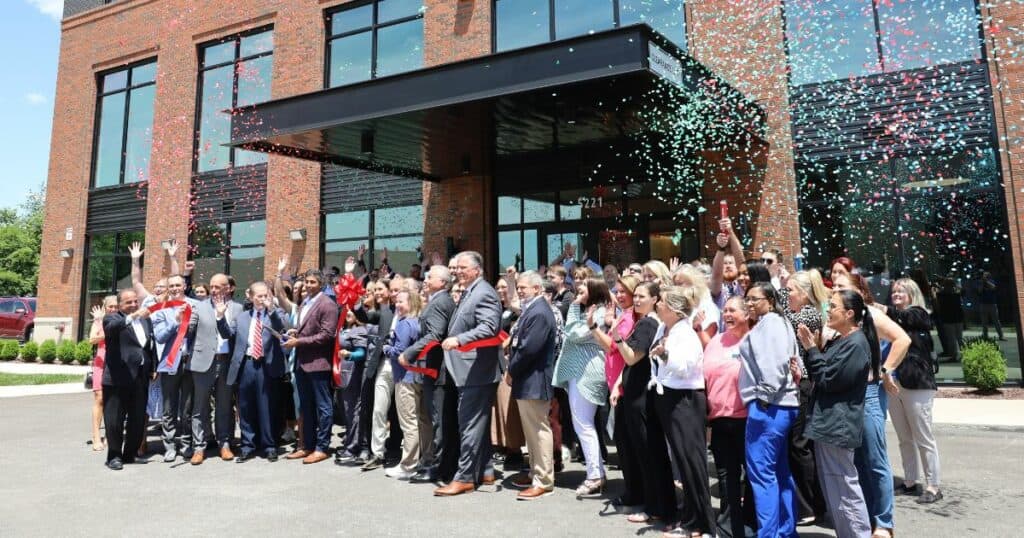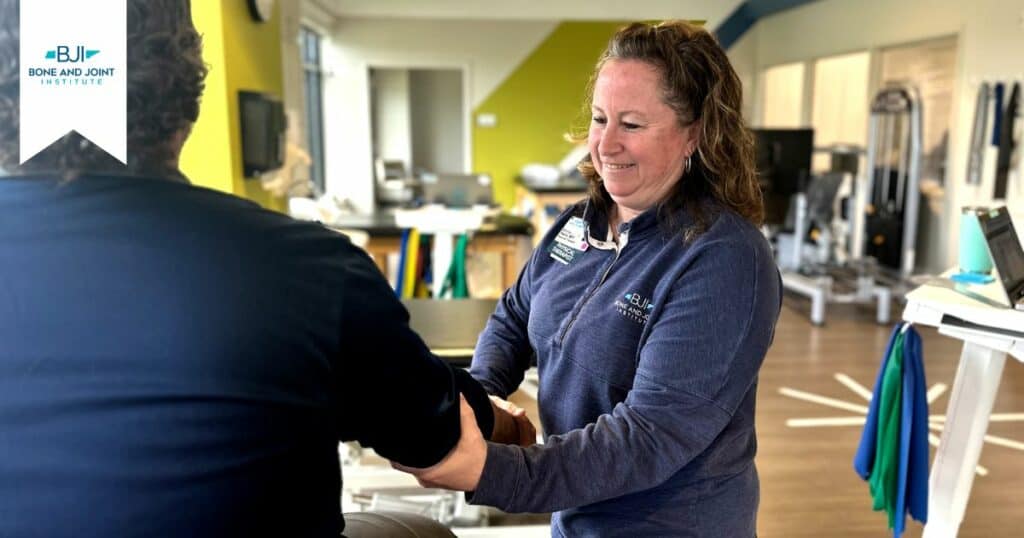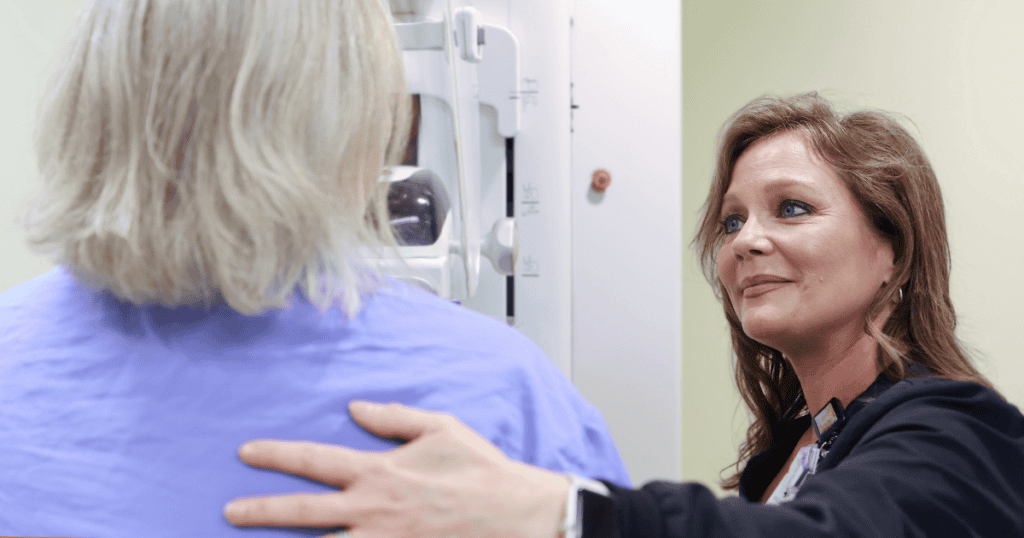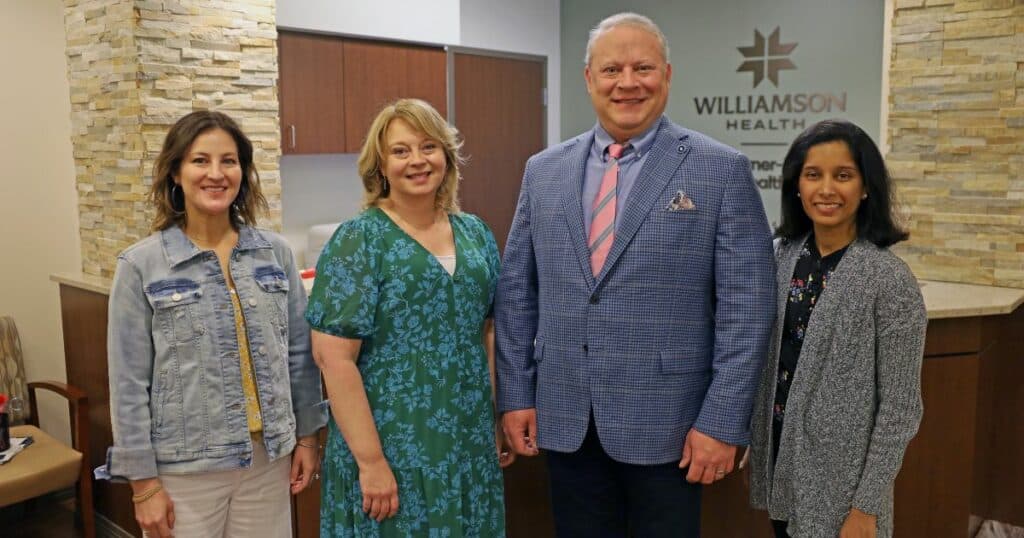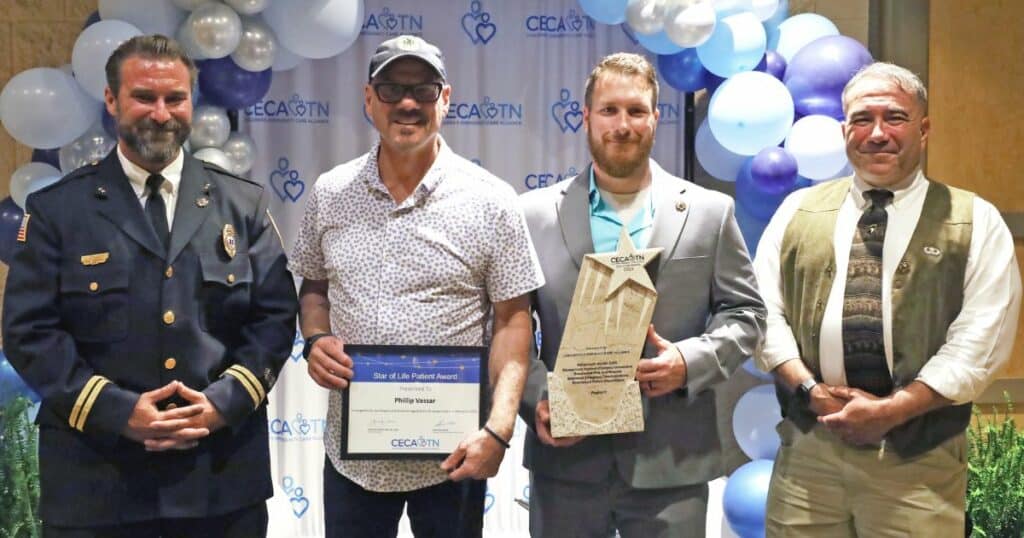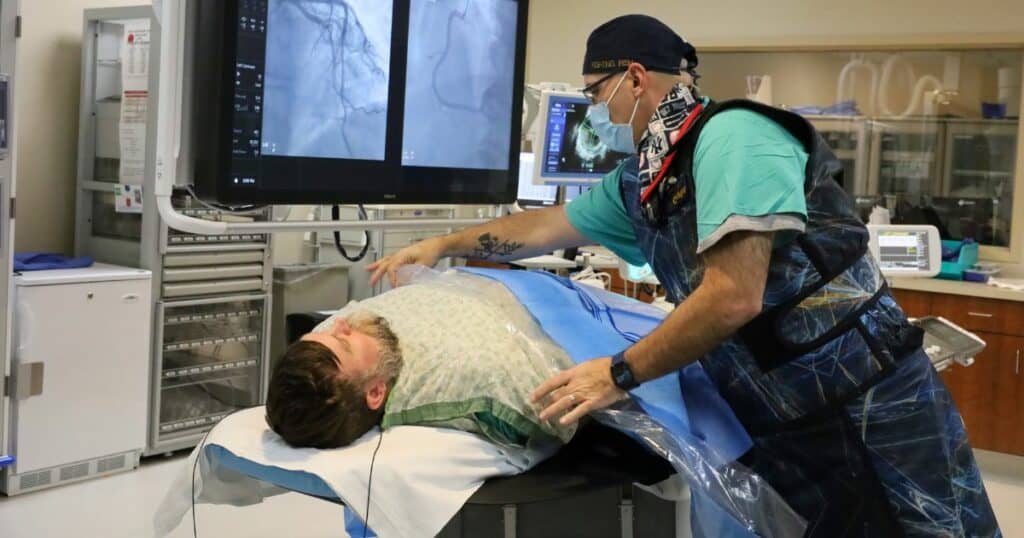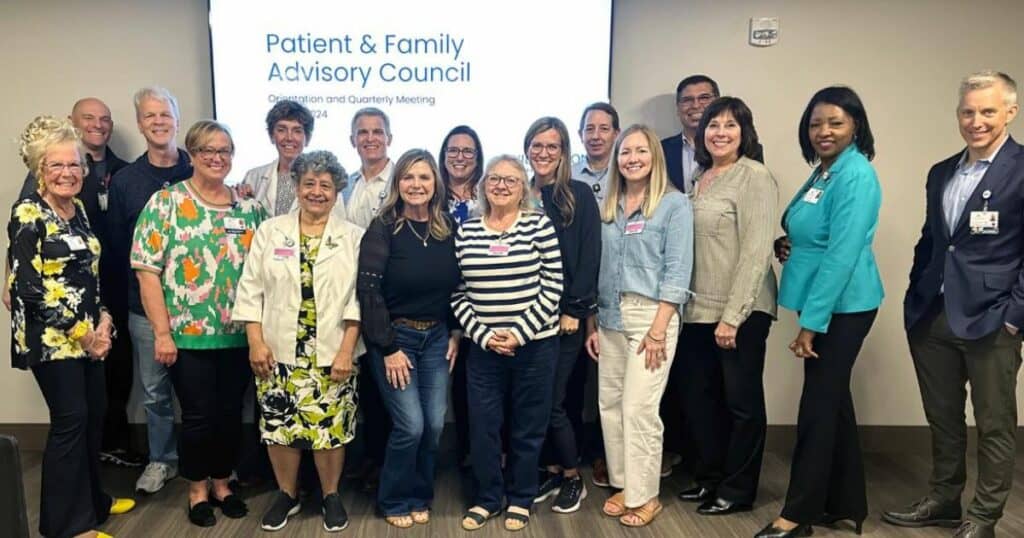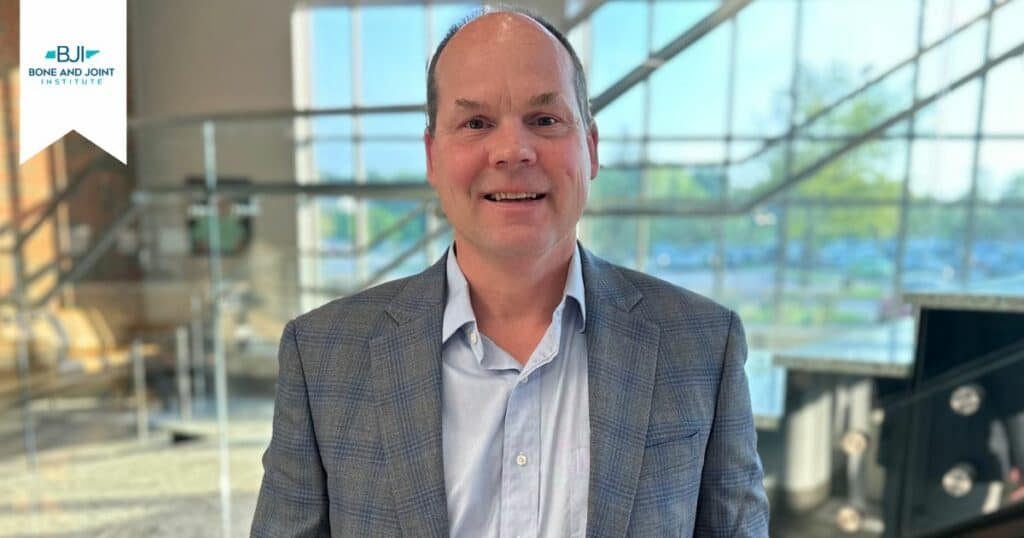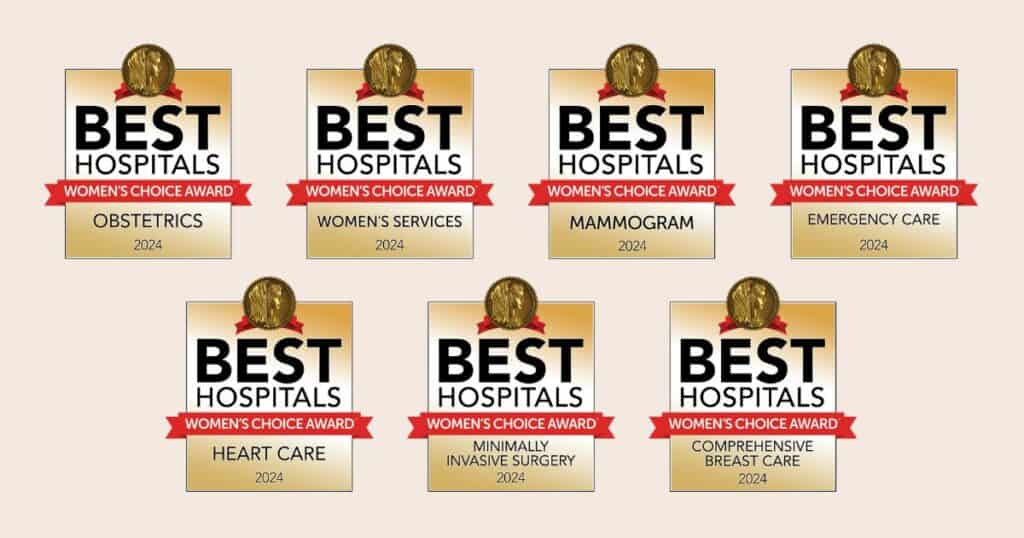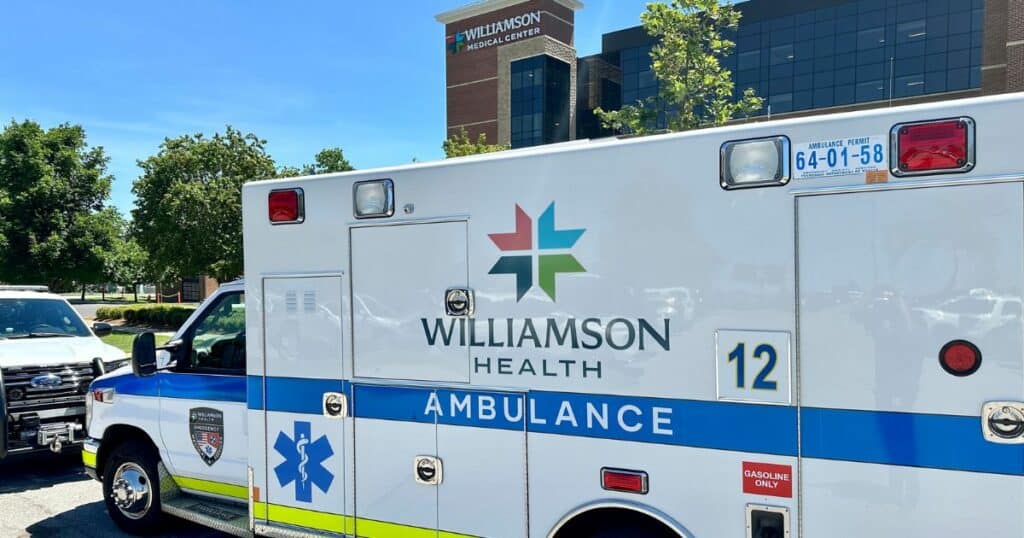How Williamson Health is Creating Greater Access to Healthcare Across Williamson County
Published: October 30, 2023
Originally published in YOUR Williamson —
Williamson Health wants to make sure the residents of Williamson County and the surrounding region get the exceptional, high-quality healthcare they deserve.
From Brentwood to Spring Hill and Fairview to Nolensville, you’ll see that commitment coming to life in brick-and-mortar walk-in clinics, orthopaedic urgent care clinics and rehabilitation services, physician practices and EMS stations spread across the county, meeting patients where they live.
Most Williamson County residents are familiar with Williamson Health’s flagship acute-care hospital, Williamson Medical Center, located in Franklin. But the full-service regional healthcare system also includes Bone and Joint Institute of Tennessee, The Turner-Dugas Breast Health Center, 18 rapid response EMS units, Williamson Health physician practices, outpatient laboratory and imaging services and multiple joint venture Vanderbilt Health and Williamson Medical Center Walk-In Clinics in Williamson County.
When deciding where to open a new location, the leaders of Williamson Health take many factors into consideration.
“We filter through a lot of information that goes into making a decision about where to add or expand locations,” said Tim Burton, Williamson Health’s associate administrator of operations. “We always evaluate our own capacity and consider where we’re seeing patients driving from. We use location data to see where a clinic might provide greater access to healthcare.”
Jeffrey Kutsikovich, M.D., an orthopaedic surgeon who specializes in treatment of the hand, wrist, elbow and shoulder at Bone and Joint Institute, said their group is always evaluating the need for new locations across Williamson County.
“We consider overall population growth, individual city and location growth and use software to help us find areas that are more underserved when it comes to access to healthcare,” he said.
The goal, both Dr. Kutsikovich and Burton say, is creating greater community access to healthcare.
“Travel time can preclude people from seeing a physician or provider. By offering multiple locations around the county, we can make getting that care more convenient for more patients,” said Dr. Kutsikovich. “They can visit a location or schedule therapy closer to home.”
Burton agreed, stressing the importance of making primary care practices — which focus on the whole person — more readily available and convenient to more area residents.
“It’s been interesting to see the number of urgent care and walk-in clinic locations expand over the last decade,” Burton said. “I believe that is a direct result of a lack of access to primary care physicians. Williamson Health is focused on expanding the traditional primary care model, so that the entire patient is being cared for as well as their sore throat today.”
Williamson Health EMS also continues to grow, serving as the primary 911 EMS provider for all of Williamson County, running 18 advanced life support ambulances 365 days a year from 17 stations, including recently added locations in Brentwood and Nolensville. Williamson County remains one of the fastest-growing counties in the nation—and that explosive growth requires attention, said Michael Wallace, Williamson Health EMS Chief.
“The rapid growth across the community not only increases volume overall, but it can also quickly shift overall demands to areas of the community not previously impacted,” Wallace said. “Staying on top of all these factors helps us to plan for new needs and the infrastructure and resources necessary to support them in the most effective way possible.”
Creating greater access also means making sure patients can easily get in touch with their providers. From wait times to virtual visits, the leaders for all Williamson Health services are always looking for ways to make the patient experience better.
“We offer a number of ways of scheduling, including online scheduling, but we always have someone who answers the phone,” Dr. Kutsikovich said. “We want to have good patient access, so we look at our wait times and consider how long a patient might have to be on hold, and we’ve gotten that time down from minutes to seconds.”
Burton said virtual visits have really changed what access means to many people.
“Even after the pandemic, we’re still seeing a significant number of virtual visits,” Burton said, explaining that Bone and Joint Institute does not offer virtual visits at this time. “To make healthcare more accessible, we also continually evaluate our IT platforms and how we can facilitate locations virtually.”
While creating greater access to healthcare may be the main goal, Williamson Health also wants to create more opportunities for its providers to serve the communities where they live.
“All of our providers participate in community events, from the Williamson County Fair to the Nolensville Farmers’ Market and Experience Spring Hill,” Burton said. “When we open a new location, we want to have providers who live in those communities.
“I love that patients might see their doctor at the grocery store or our providers might be at the same ballgame as their patients,” he continued. “Our practices are more than doctors’ offices—they’re active members of their communities.”
How Williamson Health is Creating Greater Access to Healthcare Across Williamson County
Originally published in YOUR Williamson —
Williamson Health wants to make sure the residents of Williamson County and the surrounding region get the exceptional, high-quality healthcare they deserve.
From Brentwood to Spring Hill and Fairview to Nolensville, you’ll see that commitment coming to life in brick-and-mortar walk-in clinics, orthopaedic urgent care clinics and rehabilitation services, physician practices and EMS stations spread across the county, meeting patients where they live.
Most Williamson County residents are familiar with Williamson Health’s flagship acute-care hospital, Williamson Medical Center, located in Franklin. But the full-service regional healthcare system also includes Bone and Joint Institute of Tennessee, The Turner-Dugas Breast Health Center, 18 rapid response EMS units, Williamson Health physician practices, outpatient laboratory and imaging services and multiple joint venture Vanderbilt Health and Williamson Medical Center Walk-In Clinics in Williamson County.
When deciding where to open a new location, the leaders of Williamson Health take many factors into consideration.
“We filter through a lot of information that goes into making a decision about where to add or expand locations,” said Tim Burton, Williamson Health’s associate administrator of operations. “We always evaluate our own capacity and consider where we’re seeing patients driving from. We use location data to see where a clinic might provide greater access to healthcare.”
Jeffrey Kutsikovich, M.D., an orthopaedic surgeon who specializes in treatment of the hand, wrist, elbow and shoulder at Bone and Joint Institute, said their group is always evaluating the need for new locations across Williamson County.
“We consider overall population growth, individual city and location growth and use software to help us find areas that are more underserved when it comes to access to healthcare,” he said.
The goal, both Dr. Kutsikovich and Burton say, is creating greater community access to healthcare.
“Travel time can preclude people from seeing a physician or provider. By offering multiple locations around the county, we can make getting that care more convenient for more patients,” said Dr. Kutsikovich. “They can visit a location or schedule therapy closer to home.”
Burton agreed, stressing the importance of making primary care practices — which focus on the whole person — more readily available and convenient to more area residents.
“It’s been interesting to see the number of urgent care and walk-in clinic locations expand over the last decade,” Burton said. “I believe that is a direct result of a lack of access to primary care physicians. Williamson Health is focused on expanding the traditional primary care model, so that the entire patient is being cared for as well as their sore throat today.”
Williamson Health EMS also continues to grow, serving as the primary 911 EMS provider for all of Williamson County, running 18 advanced life support ambulances 365 days a year from 17 stations, including recently added locations in Brentwood and Nolensville. Williamson County remains one of the fastest-growing counties in the nation—and that explosive growth requires attention, said Michael Wallace, Williamson Health EMS Chief.
“The rapid growth across the community not only increases volume overall, but it can also quickly shift overall demands to areas of the community not previously impacted,” Wallace said. “Staying on top of all these factors helps us to plan for new needs and the infrastructure and resources necessary to support them in the most effective way possible.”
Creating greater access also means making sure patients can easily get in touch with their providers. From wait times to virtual visits, the leaders for all Williamson Health services are always looking for ways to make the patient experience better.
“We offer a number of ways of scheduling, including online scheduling, but we always have someone who answers the phone,” Dr. Kutsikovich said. “We want to have good patient access, so we look at our wait times and consider how long a patient might have to be on hold, and we’ve gotten that time down from minutes to seconds.”
Burton said virtual visits have really changed what access means to many people.
“Even after the pandemic, we’re still seeing a significant number of virtual visits,” Burton said, explaining that Bone and Joint Institute does not offer virtual visits at this time. “To make healthcare more accessible, we also continually evaluate our IT platforms and how we can facilitate locations virtually.”
While creating greater access to healthcare may be the main goal, Williamson Health also wants to create more opportunities for its providers to serve the communities where they live.
“All of our providers participate in community events, from the Williamson County Fair to the Nolensville Farmers’ Market and Experience Spring Hill,” Burton said. “When we open a new location, we want to have providers who live in those communities.
“I love that patients might see their doctor at the grocery store or our providers might be at the same ballgame as their patients,” he continued. “Our practices are more than doctors’ offices—they’re active members of their communities.”
Published: October 30, 2023

